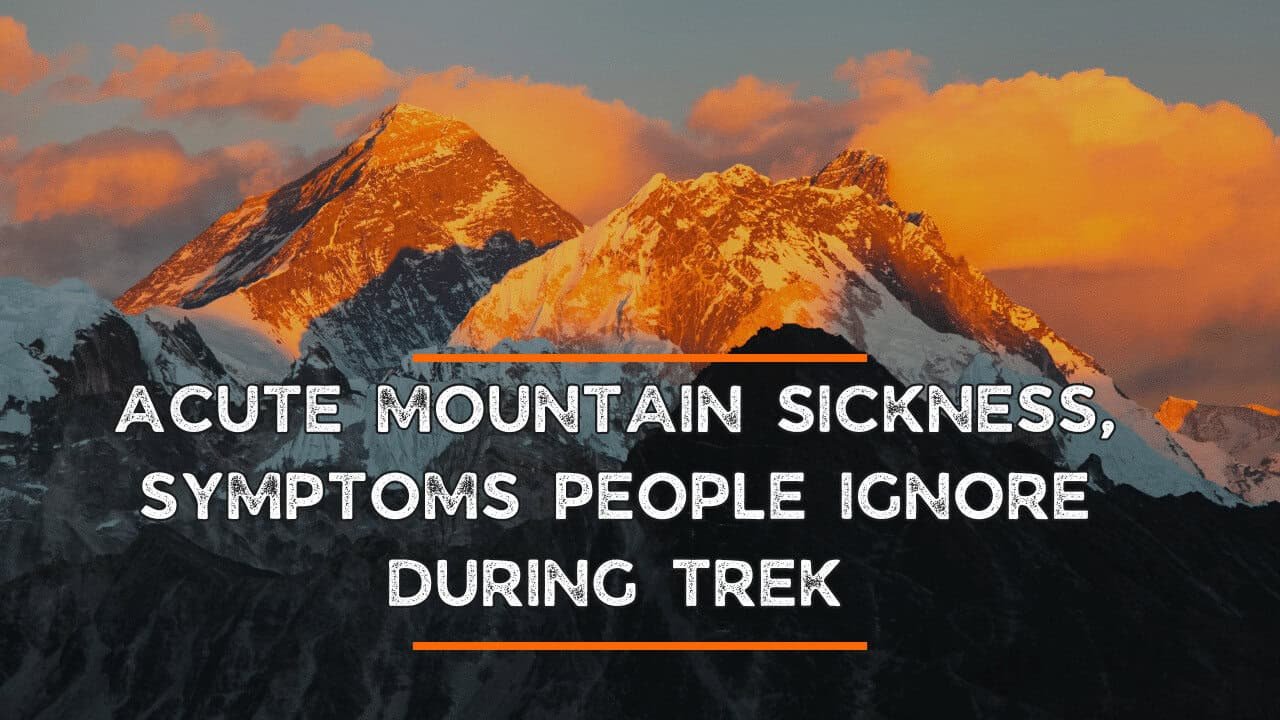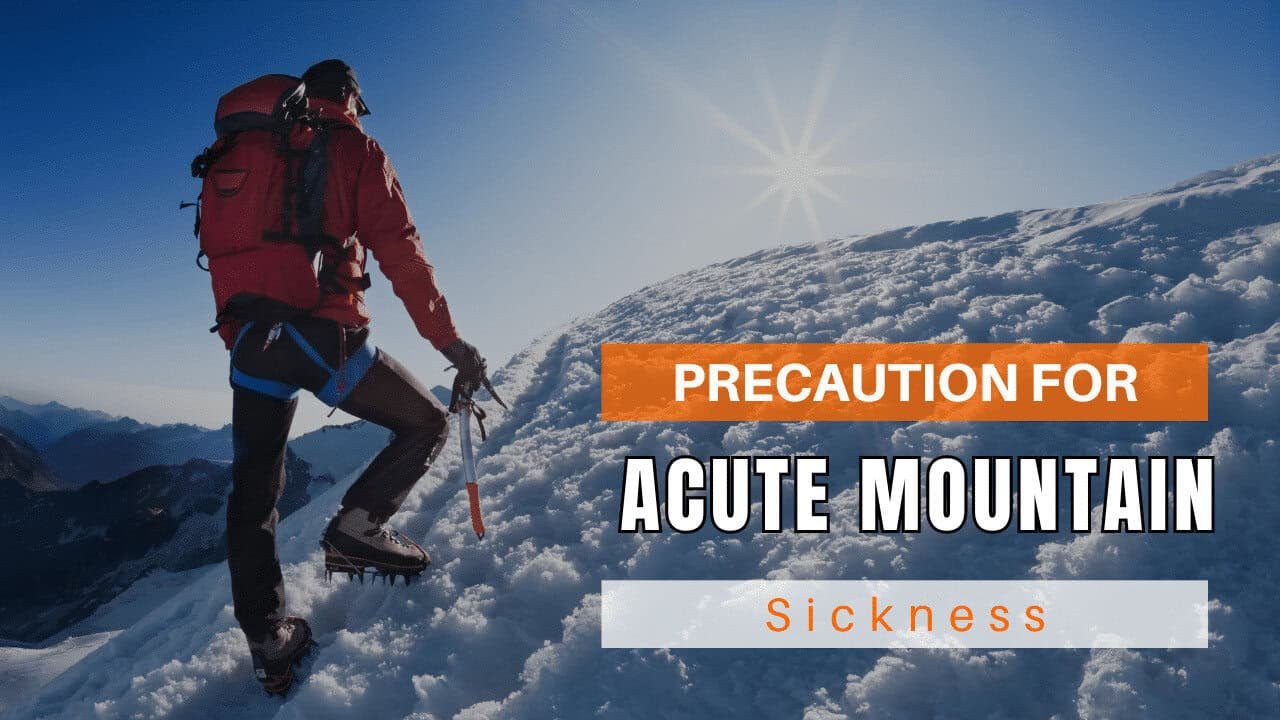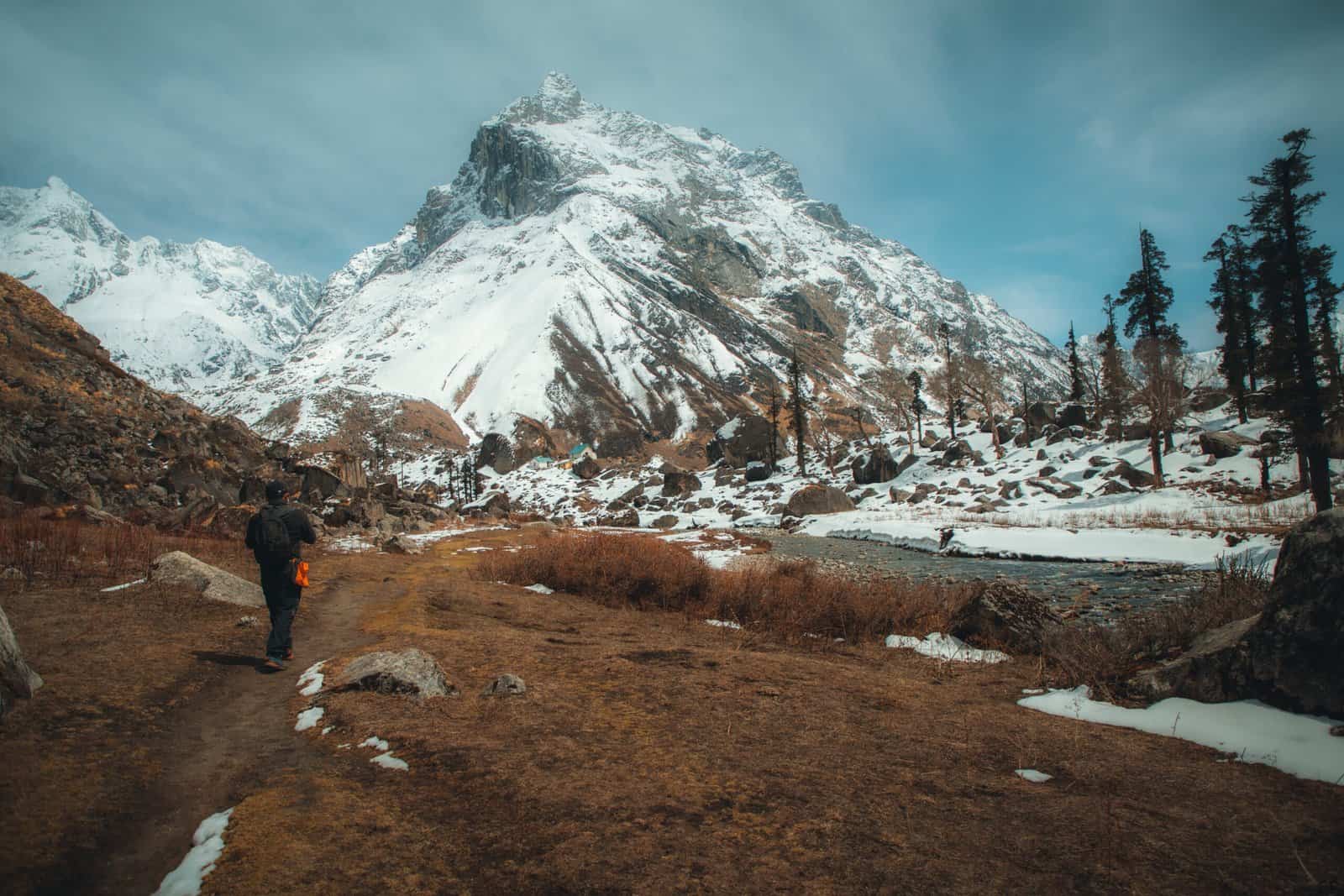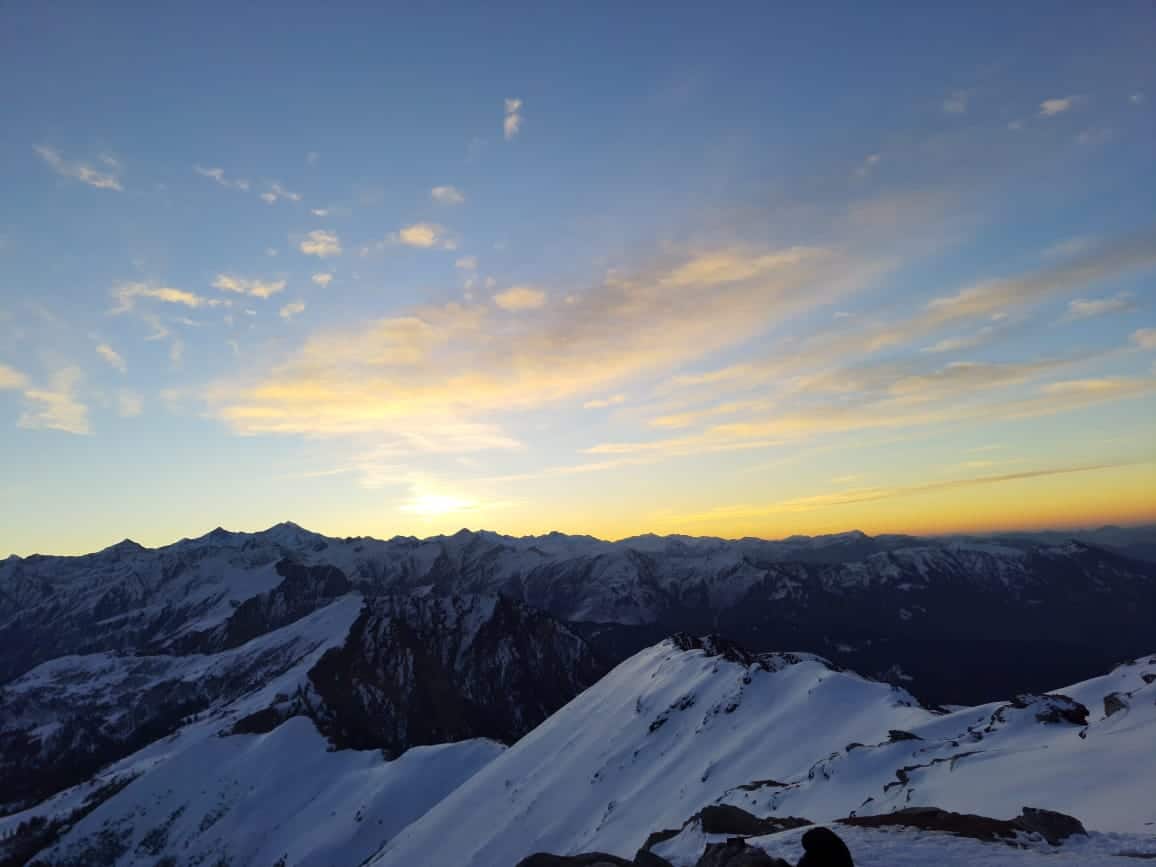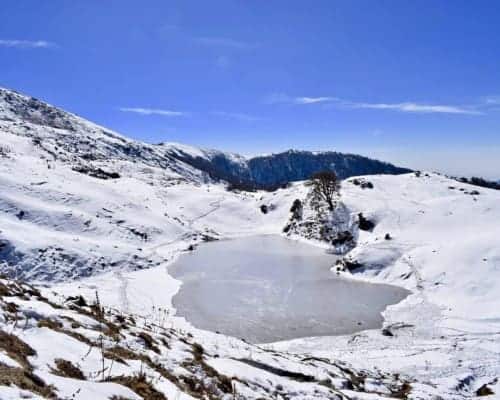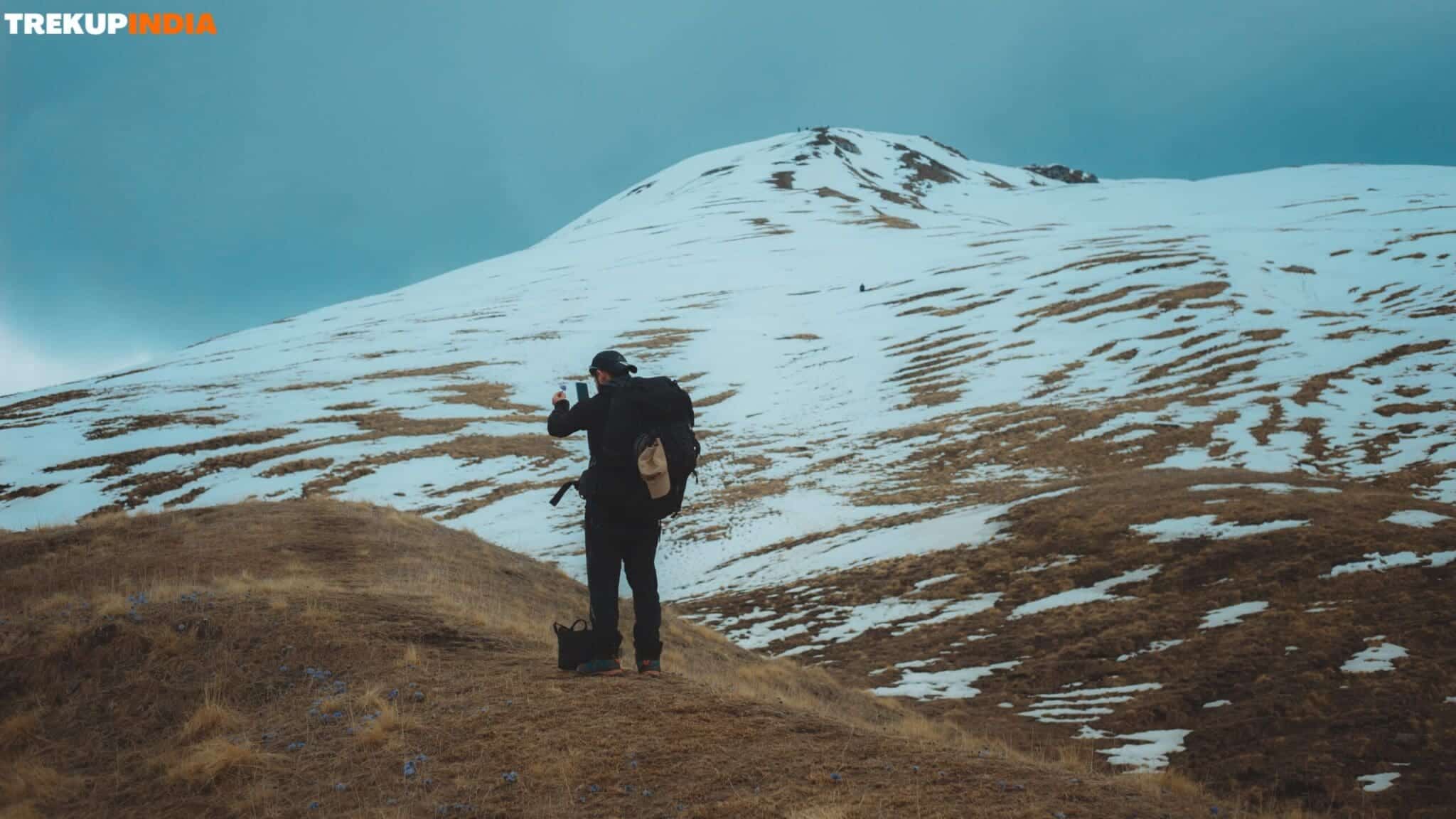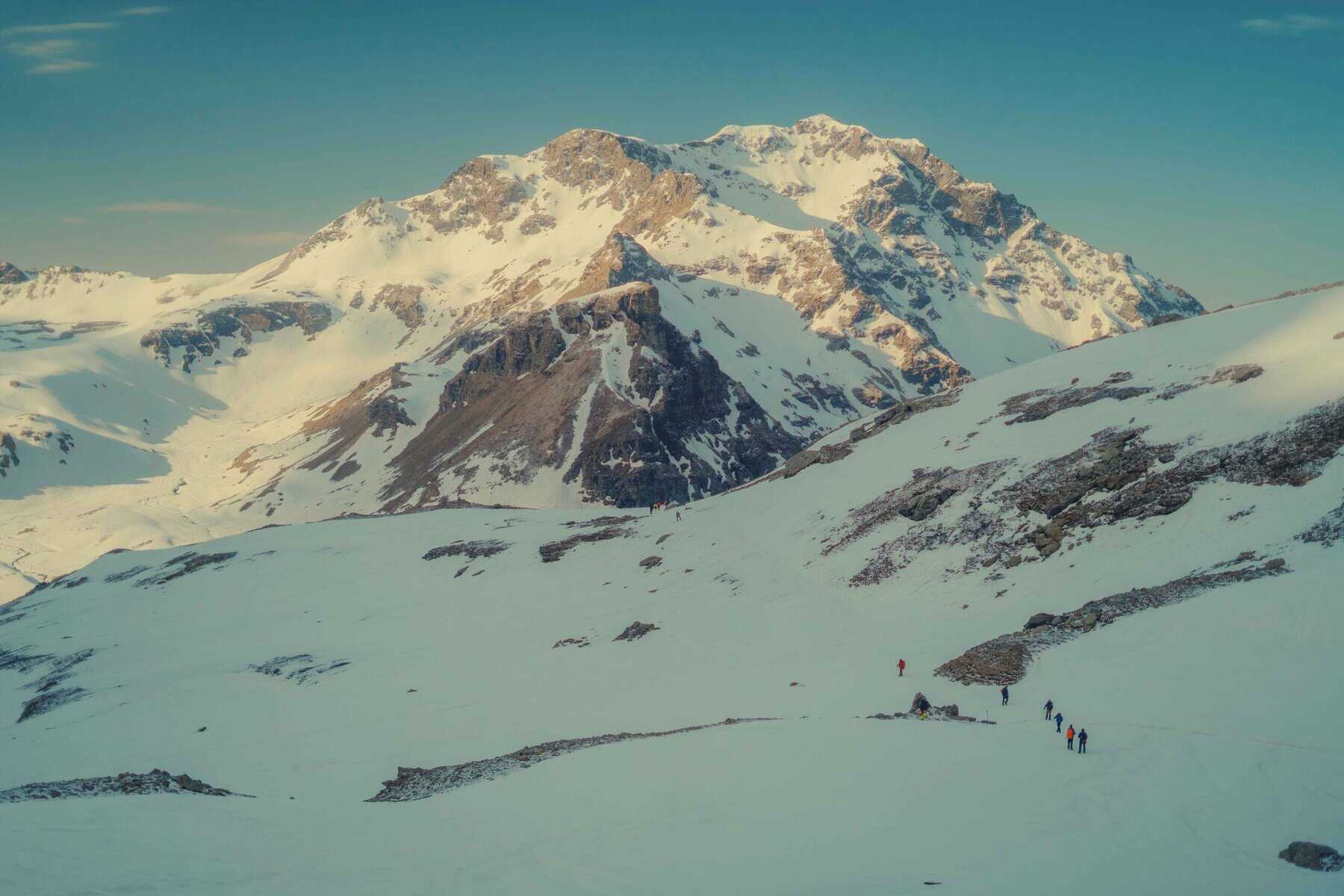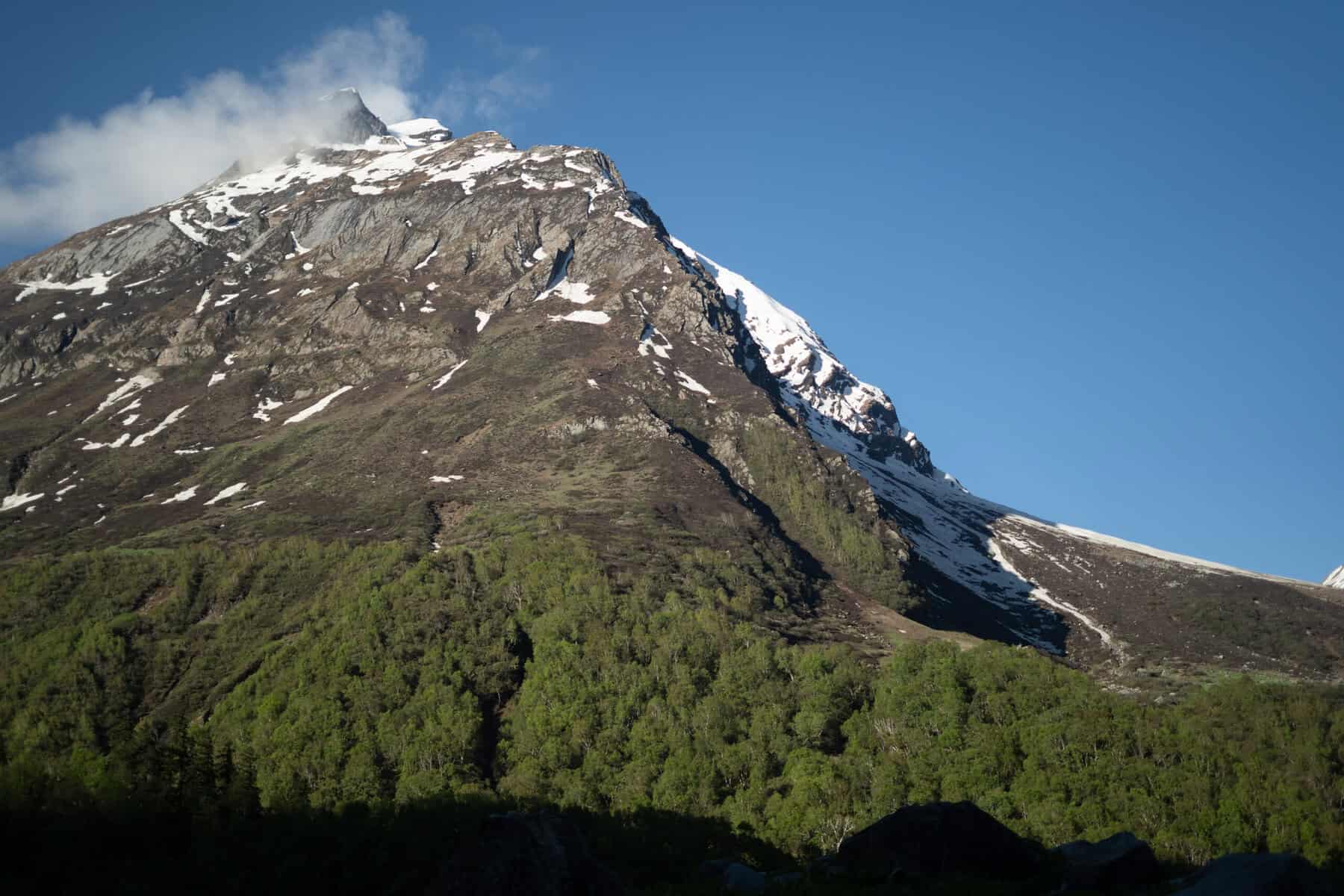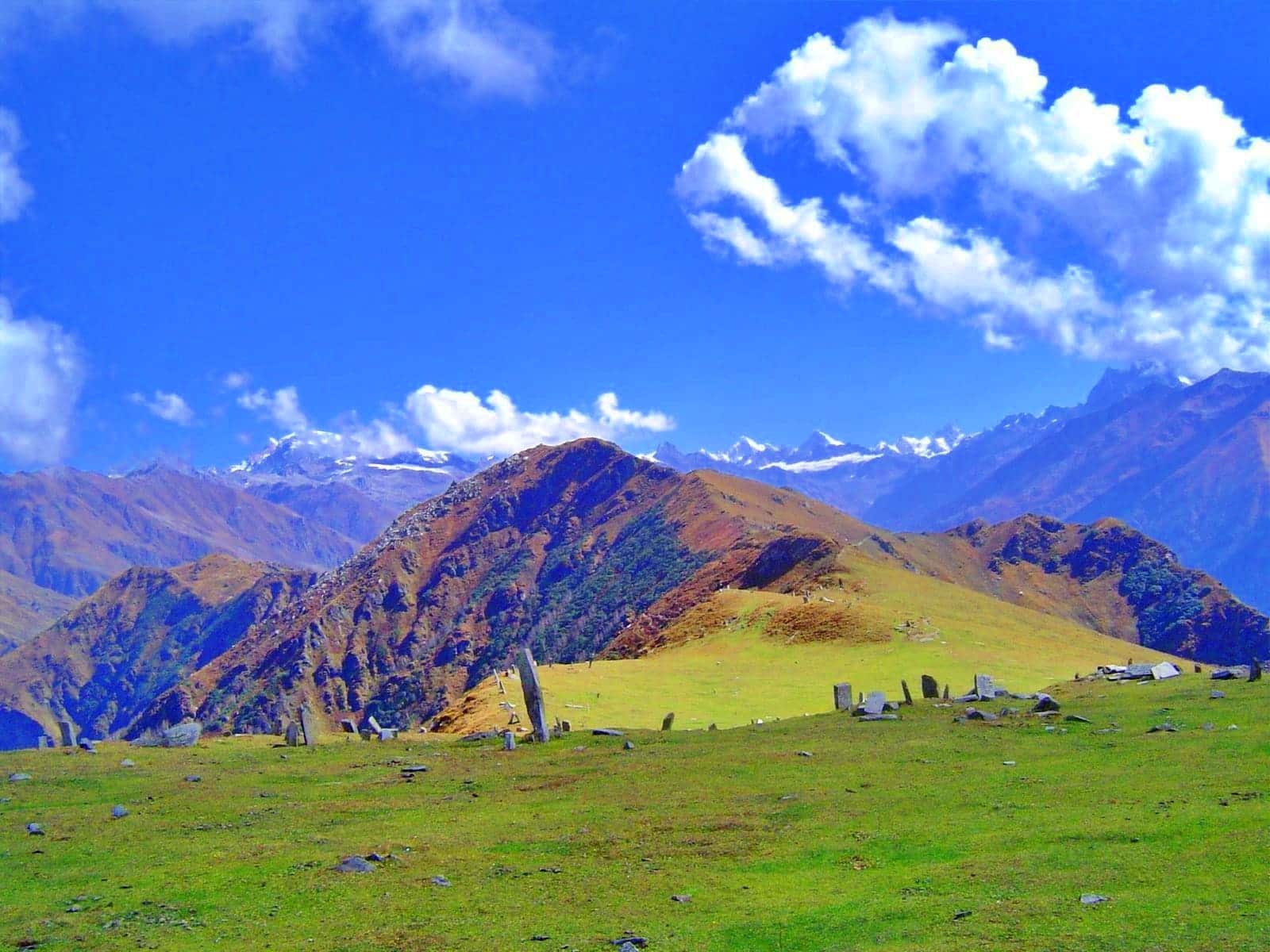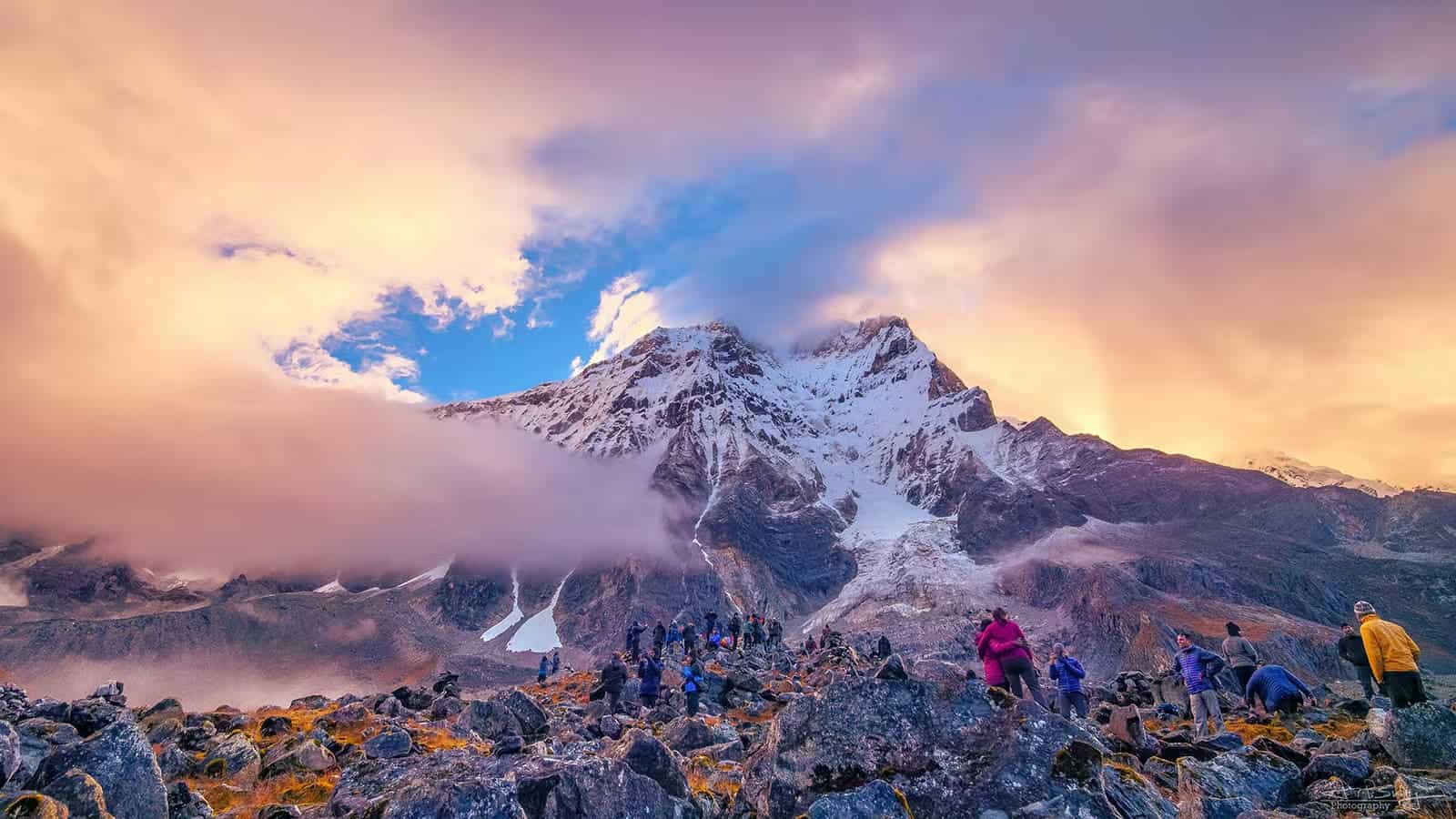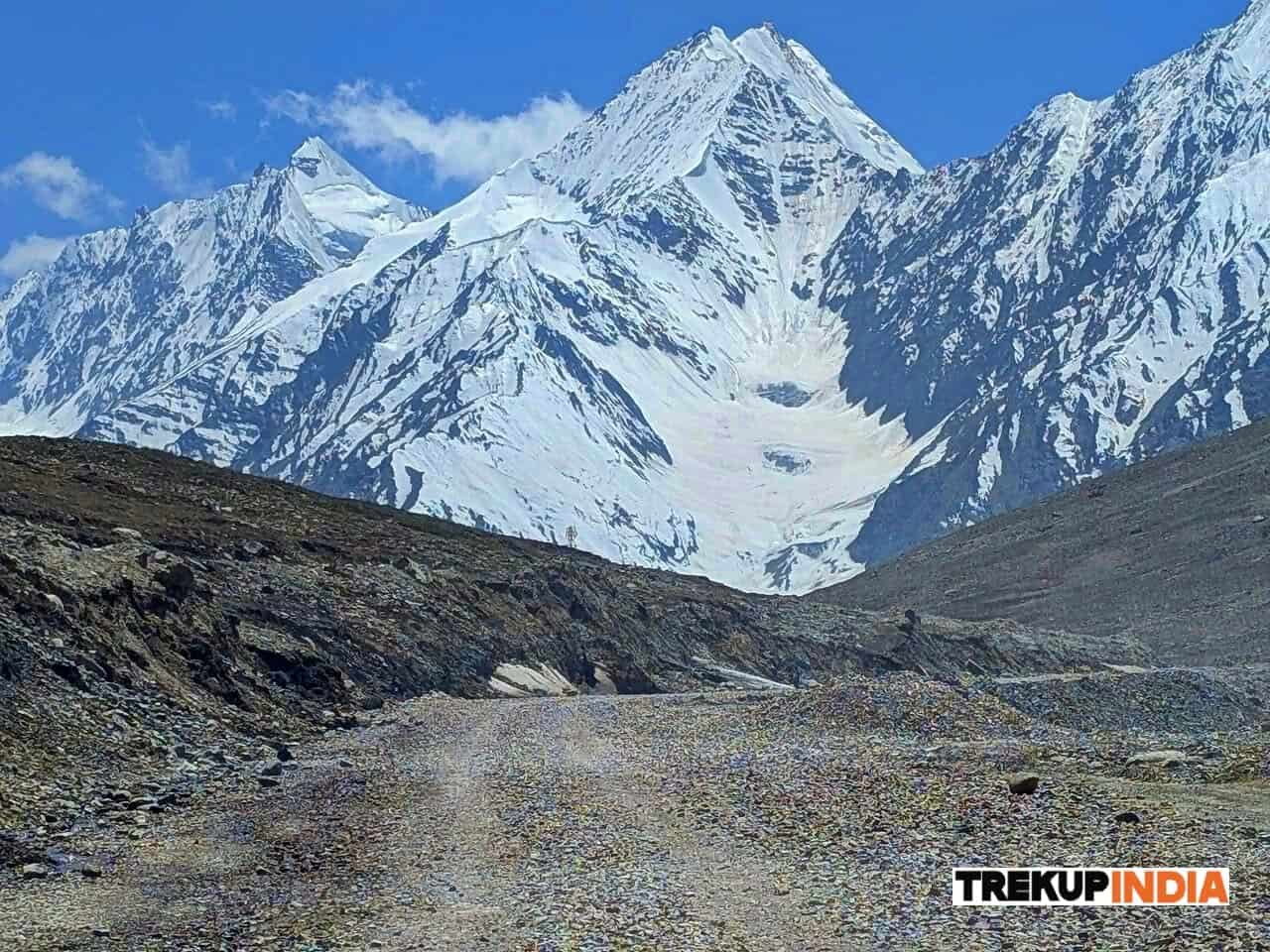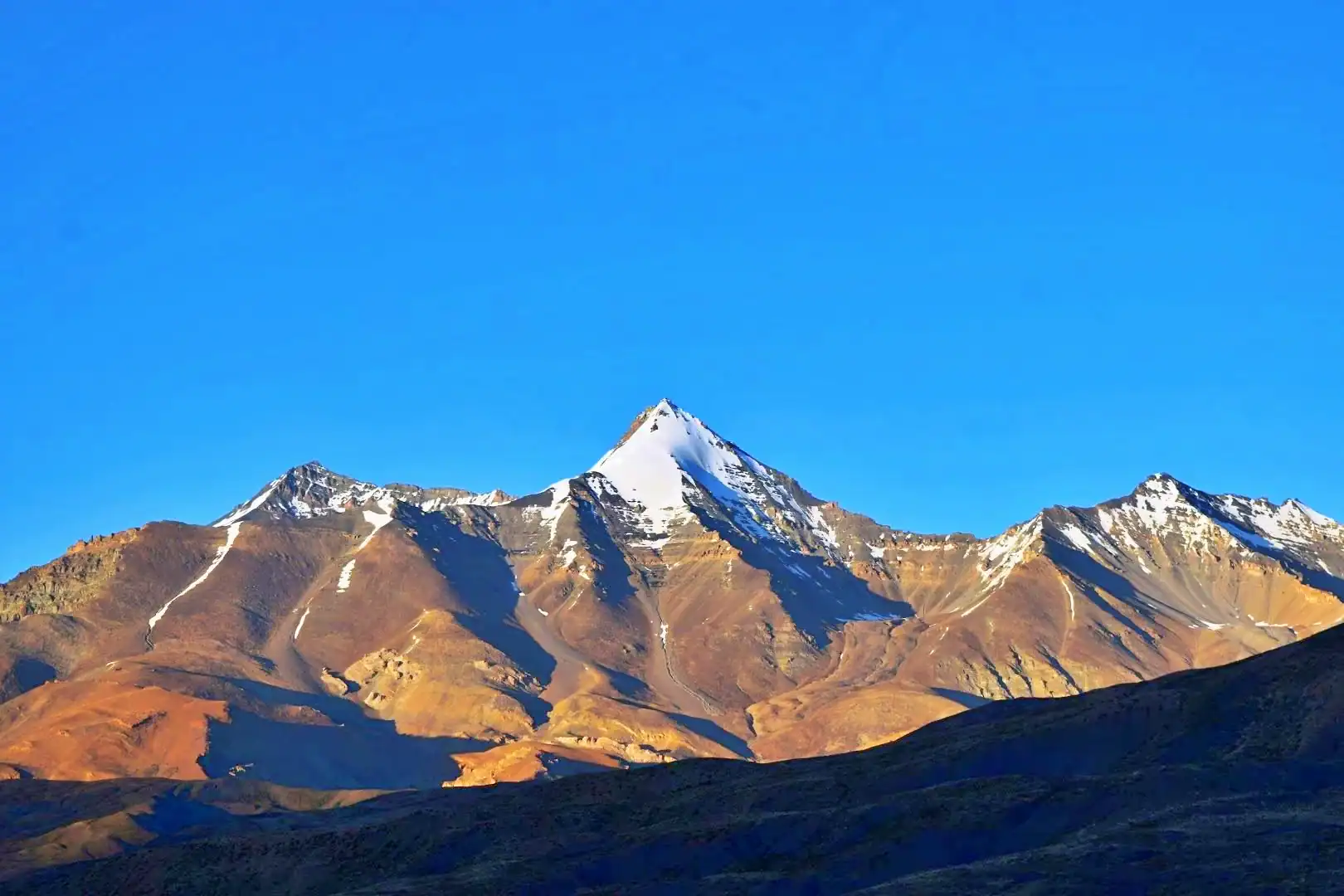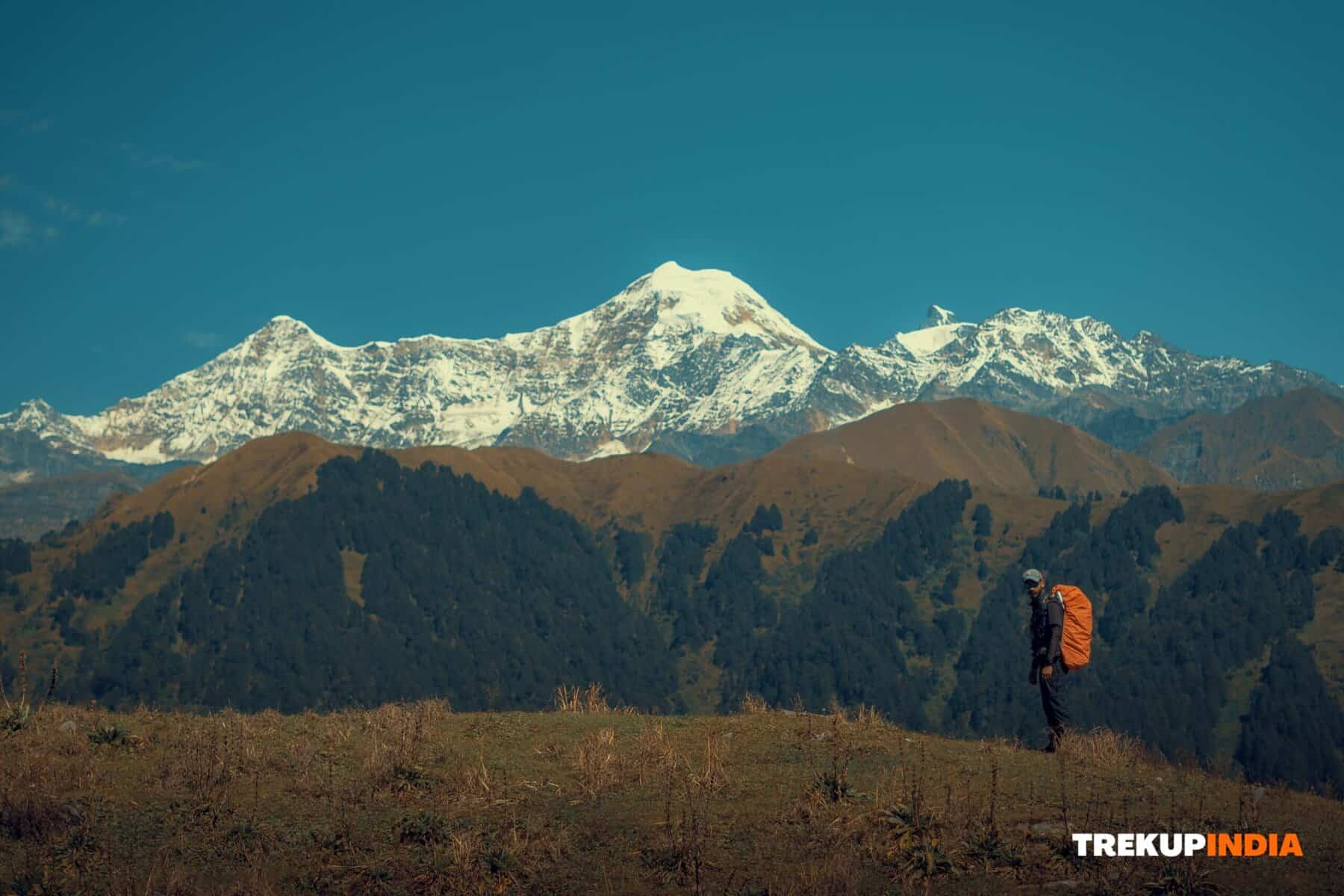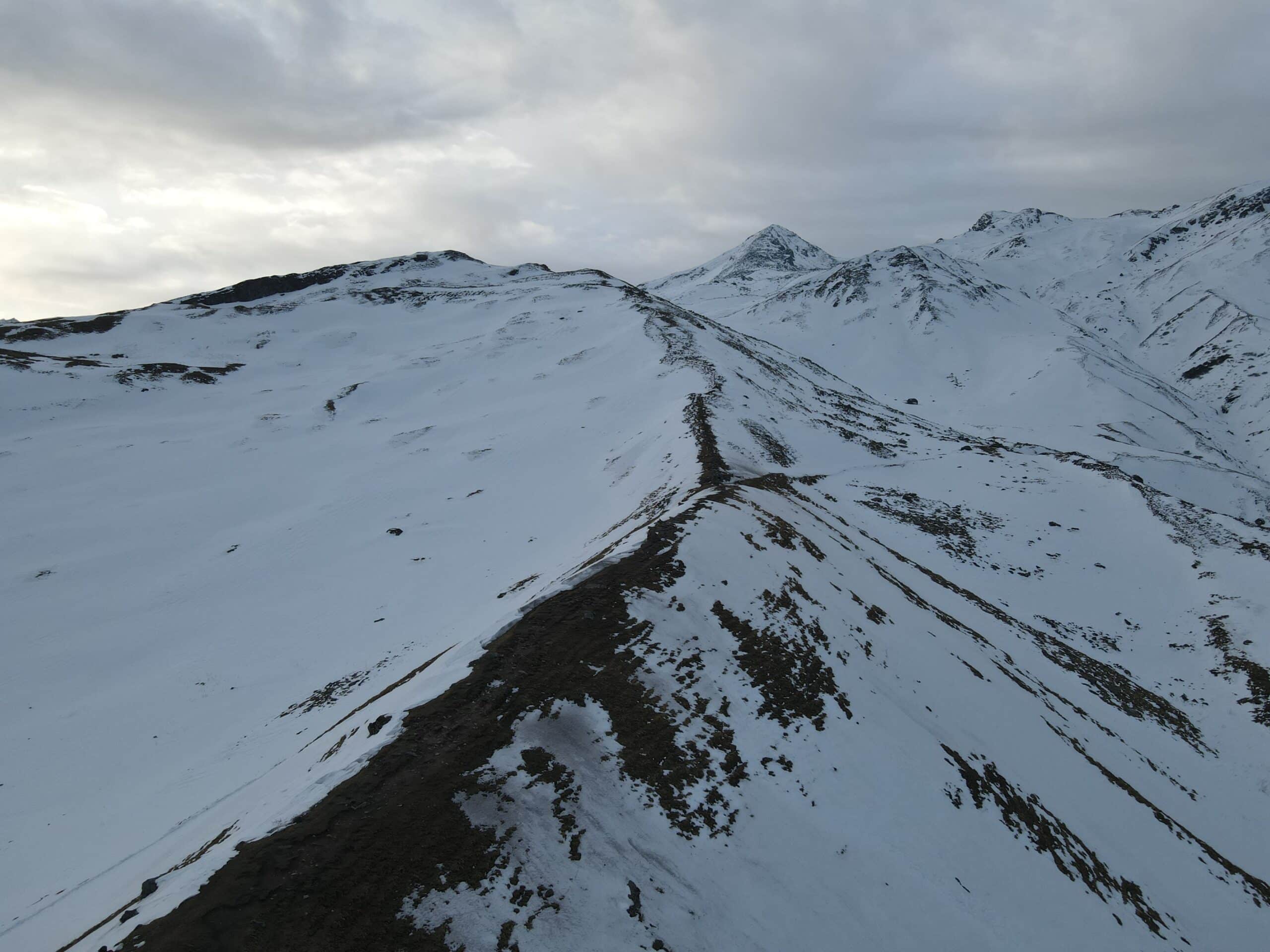How To Get Fit For Himalyan High Altitude Treks
How to Get Fit for a Himalayan Trek (Even If You’re Starting from Scratch)
If there’s one thing most people worry about before heading to the Himalayas, it’s fitness — and for good reason. Trekking at high altitudes isn’t like your usual hike. You’ll be climbing steep trails, walking long distances, and sometimes trudging through snow — all while the air gets thinner the higher you go.
But here’s the good news: you don’t need to be a marathon runner to do it. What you do need is a bit of consistency, a plan, and the willingness to put in a little work before you leave.
At TrekupIndia, we always tell our trekkers to start preparing at least two months before their trek. That gives your body enough time to adjust and get stronger. But even if you’re short on time, you can still make good progress. This guide is for everyone — whether you’re just getting started or you’ve only got a few weeks to prepare.
What You Should Focus On
Forget about fancy gym routines or complicated training schedules. To get trek-fit, you only need to focus on two simple things:
Cardio – so you can keep moving even when the climb gets steep
Strength – especially in your legs and core, to handle tricky terrain and long days on your feet
Let’s start with cardio.
Cardio: Build the Stamina to Keep Going
The higher you go, the less oxygen there is. That means your heart and lungs have to work harder. The best way to train for that? Start running or jogging.
We’ve found that if you can run 5 kilometers in 40 minutes, you’re in a good place to handle most moderate treks in the Himalayas.
Here’s how to work up to that, even if you’re not a runner.
If You Have Two Months to Train:
Week 1
Start slow. Go for a light jog and see how far you can go without getting too tired. That’s your starting distance.
Weeks 2–4
Each day, add about 250 meters to your run.
Don’t stress about the time. Just focus on distance.
Run for four days in a row, then take the fifth day off to rest your legs.
Once You Hit 5 km:
Now, start checking your time.
Aim to bring it down to 45 minutes or less.
If you’re over 45 years old, try to get it under 52 minutes.
Most people are surprised at how much progress they make in just a month when they stay consistent.
Strength: Prepare Your Legs and Core for the Mountains
Let’s face it — trekking in the mountains is tough on your legs. You’ll be climbing up and down for hours, often with a backpack. That’s why strength training is so important.
You don’t need a gym. Just a few simple exercises at home will do the trick.
Start with Squats
Squats are great for your thighs, glutes, and knees — all the muscles you’ll be relying on during your trek.
Here’s a simple way to build up:
Start with 10 squats. That’s one set.
After a short rest, do a second set with just 2 more squats.
Every day, add 2 more squats to the second set.
Day 1: 10 + 2 squats
Day 2: 10 + 4 squats
and so on…
Take a rest every 4th day.
After about two weeks, aim for 3 full sets of squats per day.
Don’t Skip Core Work
A strong core helps with balance and keeps your lower back from getting sore on long days.
Start with these two exercises:
Planks: Begin with 20 seconds. Add 5 seconds each day. Work up to 1 minute.
Hip Raises (Glute Bridges): Start with 10. Use the same progression as squats to build up.
What If You Only Have a Few Weeks Left?
Sometimes you join a trek at the last minute — it happens. If you’ve only got 3 to 4 weeks to train, you’ll need to move faster.
Start running as soon as possible. See how far you can go without a break.
Increase your run by 0.5 km per day (instead of 0.25).
Stick to the same 4-day run, 1-day rest cycle.
Once you hit 5 km, track your time and work on improving it.
Try to get your 5 km time under 40 minutes. If that feels too fast, aim for 4 km in about 32 minutes — that’s still a good effort.
The more distance you cover, the stronger your endurance will become.
Final Thoughts
Preparing for a trek can feel overwhelming at first — especially if you haven’t done anything like it before. But the truth is, most people can get trek-ready with just 30–45 minutes of training a day. The key is to start now and stay consistent.
Remember, the Himalayas will always push you — but if you put in the work beforehand, you’ll be able to enjoy every step of the journey.
Take your time, follow the plan, and trust the process.
You’ve got this.
About Author

Preetam Singh Rawat (Founder)
The person behind this trekking organization is someone who’s spent over a decade – 12 years, to be exact – living and breathing the mountains. With multiple high altitude summits under his belt (we’re talking 6000 to 7000 meter peaks), he’s not just experienced – he’s the real deal.
But what really sets him apart is the sheer number of treks he has guided. He has led over 200 Himalayan expeditions, including well known routes like Bali Pass, Buran Ghati, Rupin Pass, Pin Bhabha, Stok Kangri, and Black Peak. Not just once, but multiple times. So yeah, when it comes to the Himalayas, he knows every twist in the trail and every story the mountains have to tell.
Got questions or want to get in touch? Write to Preetam at preetam@trekupindia.com. He’s always happy to chat about treks, answer your questions, or help you prepare for your next big adventure.
Share this article
Dates For Upcoming Treks
Want To Trek Like Pro?
Basically, watch these videos if you want to trek the same way professional trekkers do and make your skills better. These videos contain useful tips and techniques to further improve your trekking skills itself. These videos actually help both new and experienced trekkers improve their trekking skills. These videos definitely provide useful tips that make your trek better. We are seeing that these videos by Trekup India experts will only help you make your trekking skills better.
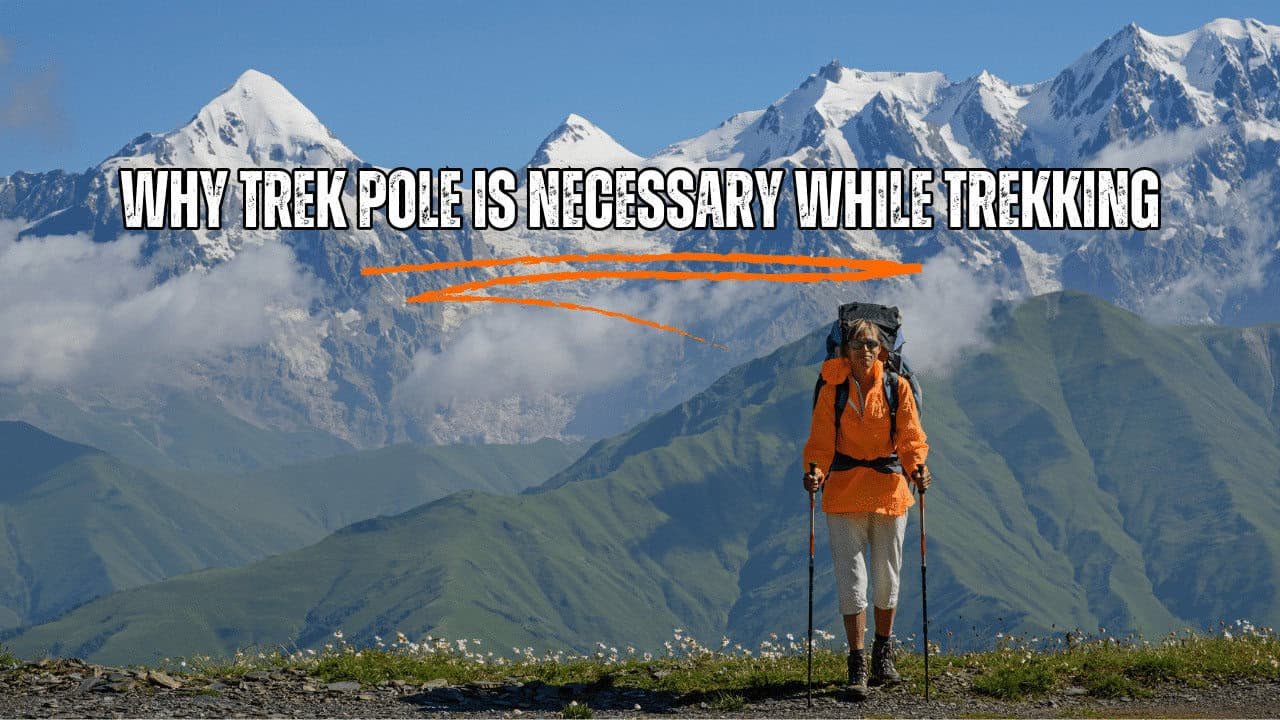






Know Everything About Acute Mountain Sickness
Acute Mountain Sickness occurs when people trek to high altitudes above 8,000 feet. This condition itself develops further due to reduced oxygen levels at such heights. Basically, as you go higher up, the air pressure and oxygen levels decrease, which causes the same problem. Acute Mountain Sickness surely causes headache, nausea, vomiting, and dizziness in affected persons. Moreover, peoples also experience difficulty in sleeping during this condition. To avoid mountain sickness, you should actually trek up slowly to higher altitudes. To learn further about this condition itself, watch the videos by Trekup India.
